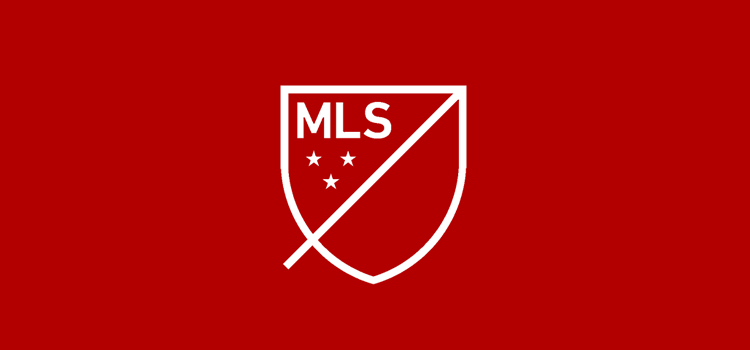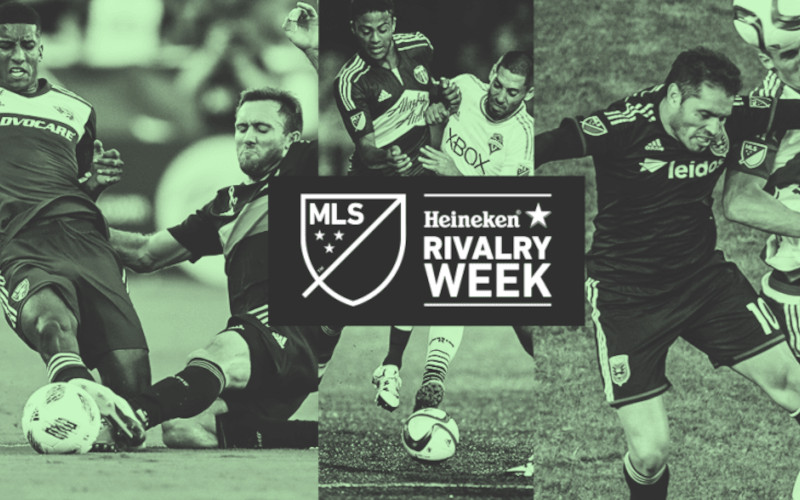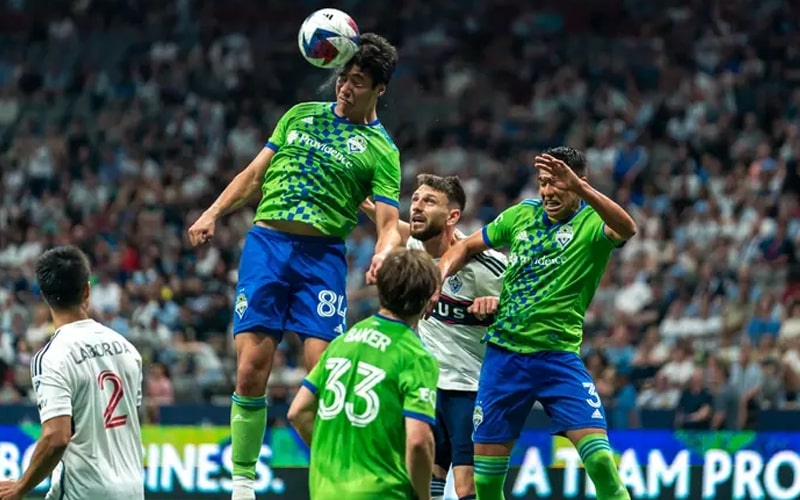There are myriad differences between how Major League Soccer and the Premier League are organized, and how they function. The most glaring of differences, in this writer’s humble (albeit American) opinion, is the schedule: the season starts in March, and runs to November. This is to avoid teams having to play in open-air stadiums in the Canadian winter (looking at you, Toronto), and it also conveniently avoids the brunt of American football and basketball seasons during the fall and winter. The schedule can be quite tricky as well because the league does not often stop play during FIFA international breaks. This article will discuss the other major differences between the MLS and the Premier League: how the leagues are structured, how league winners are decided, and how the leagues are organized financially.
As a little background, here is a refresher on the Premier League’s structure: The Premier League consists of 20 teams at all times. Those 20 teams change year after year, with the bottom three points scorers being banished to the Championship, and being replaced by three teams from the Championship. This system of pro/rel leads to a punishment of poor performance, a reason to keep playing as hard as possible at the end of the season, and a rewarding of excellent management and organization for those teams that are promoted to the top flight.
Major League Soccer, however, does not have a system of promotion and relegation within the USA-Canada soccer pyramid. There are currently two tiers sanctioned by the United States Soccer Federation, MLS and Division II, with two Division III leagues beginning play in 2019. The second tier of the USA-Canada soccer pyramid contains one sanctioned and one (currently) unsanctioned league, the names of which are unimportant to this article. Major League Soccer itself consists of 23 teams and counting, with Los Angeles FC beginning their first season in just a couple short months, that are divided into two unbalanced conferences along roughly geographical lines into the Eastern and Western Conferences.
A map of the teams in MLS for the 2018 season, courtesy of Wikipedia. pic.twitter.com/aFJPmAGdRu
— Craig Shuman (@CraigShumanMLS) January 9, 2018
While each team in the Premier League plays every other team twice, one at home and one away, each team in the MLS plays every team in the other conference only once and teams in their conference twice, with a few teams playing each other three times in a single season. This unbalanced schedule is due primarily to the enormous distances between sides of the country. Just as an example, the distance between stadiums in Orlando and Vancouver is 2618 miles as the crow flies, and would take 48 hours of constant driving to traverse. To put that in perspective, 2618 miles is just about 200 miles less than the flying distance from London to Halifax, Nova Scotia. Playing every other team twice per season is easy when the farthest a team will have to travel is 295 miles, which is the distance Newcastle has to travel to get to Bournemouth and vice versa.
Major League Soccer is similar to the Premier League in that it gives a trophy to the team that has the highest points over the whole season, but that is where the similarities end. In Major League Soccer, the highest points-scorer, regardless of conference, wins the Supporters’ Shield. To most teams, though, this is just a piece of silverware. The real prize in MLS is the MLS Cup, which is won through the most American of ways: a postseason playoff. The teams with the top six points totals in both conferences advance to the MLS Cup Playoffs, where number three plays number six and four plays five in a single-elimination “knockout round”. The winners of these matches play the other two teams in each conference in a home-and-away series to determine who advances to the Conference Finals, which is another home-and-away series. The Conference Champions then face off in the MLS Cup Final, which is played at the home ground of the team that had the most points over the season. Sounds complicated, right? It is, but every other league in America determines league champions in this regard. And, if this sounds complicated, start looking into Liga MX and their playoff structures; it’s a bit mad.
The 2017 MLS Cup Playoff Bracket pic.twitter.com/qgsOAuILAb
— Craig Shuman (@CraigShumanMLS) January 9, 2018
Anyway, back to the MLS, and a few more differences before moving to talking about financial organization. While the League Cup is unique to England, North America has its own version of the FA Cup, called the US Open Cup (USOC). The USOC is open to 38 teams in MLS and the two Division II leagues not owned by an MLS team, and 42 amateur teams in several amateur soccer leagues in the US. North America also has its own version of the UEFA Champions League, which has the extremely original name of the CONCACAF Champions League. In the Premier League, the top four teams qualify for the Champions League, while the process for the CONCACAF version is more convoluted for MLS teams. The winner of the Canadian Championship will gain Canada’s sole slot in the Champions League, while four teams from the US can qualify. These slots go to the MLS Cup winner, the Supporters’ Shield winner (hey, look, it counts for something after all), the winner of the USOC, and the regular season conference winner of the conference that did not win the MLS Cup. If one team qualifies by more than one of the aforementioned, the team with the next-best MLS season record from the US qualifies. Unfortunately for MLS teams, Mexican clubs have dominated the CONCACAF Champions League, with only DC United and LA Galaxy winning the Champions League from the MLS.
Now, to the last major difference between the leagues: financial organization. The Premier League is owned by the 20 clubs that make up the league. Each club is an independent organization that owns all of its players, negotiates all of its sponsorship deals, and sells its own merchandise. On the other hand, Major League Soccer is technically a single-entity league, meaning that teams and player contracts are centrally owned by the league itself. While each team has its own owner or ownership group, MLS as a league is still a stakeholder in every team, and has, in the past, owned teams outright. MLS also handles all licensed team merchandise, and shares profits gained by the marketing arm of MLS among the teams. All of these quirks of MLS were created as ways to control costs.
Speaking of costs, player contracts are also held by the league, not by the team for which they play, and each team has a salary cap (that can be broken in specific ways, but more will come on that later). The average MLS player salary is $326,129.23 per year as of the start of the 2017 season as reported by the MLS Players’ Union. If this seems low, that’s because it is. Again, since MLS owns all player contracts, the MLS keeps this average salary low through roster rules and regulations that attempt to foster a level of parity amongst all its teams, with the main goal of keeping costs low so the league remains profitable. For comparison, the average yearly salary in the Premier League is ten times that of MLS, at $3,587,337.74. However, the Premier League is known for its billionaire owners losing money on their clubs in order to build winning clubs (looking at you, Manchester City). For another point of comparison, Ligue 1 is the lowest-paid league, on average, in Europe, but still has a yearly average salary that is almost four times that of the MLS, at $1,282,102.80. Why are costs so low? Mainly through MLS controlling costs through all of the above methods, but one should not miss that Major League Soccer is still a relatively new league that is still trying to establish that it is a stable league in a country that has already had an enormously successful soccer league in the 1960s-1980s that folded. If you would like to know more about the history of that league and the history of soccer in the States, you can check out our article on that here. Next week, we will dive into just how Major League Soccer uses rules and regulations to attempt to level the playing field amongst all its teams, regardless of the individual wealth of the team’s owners.




